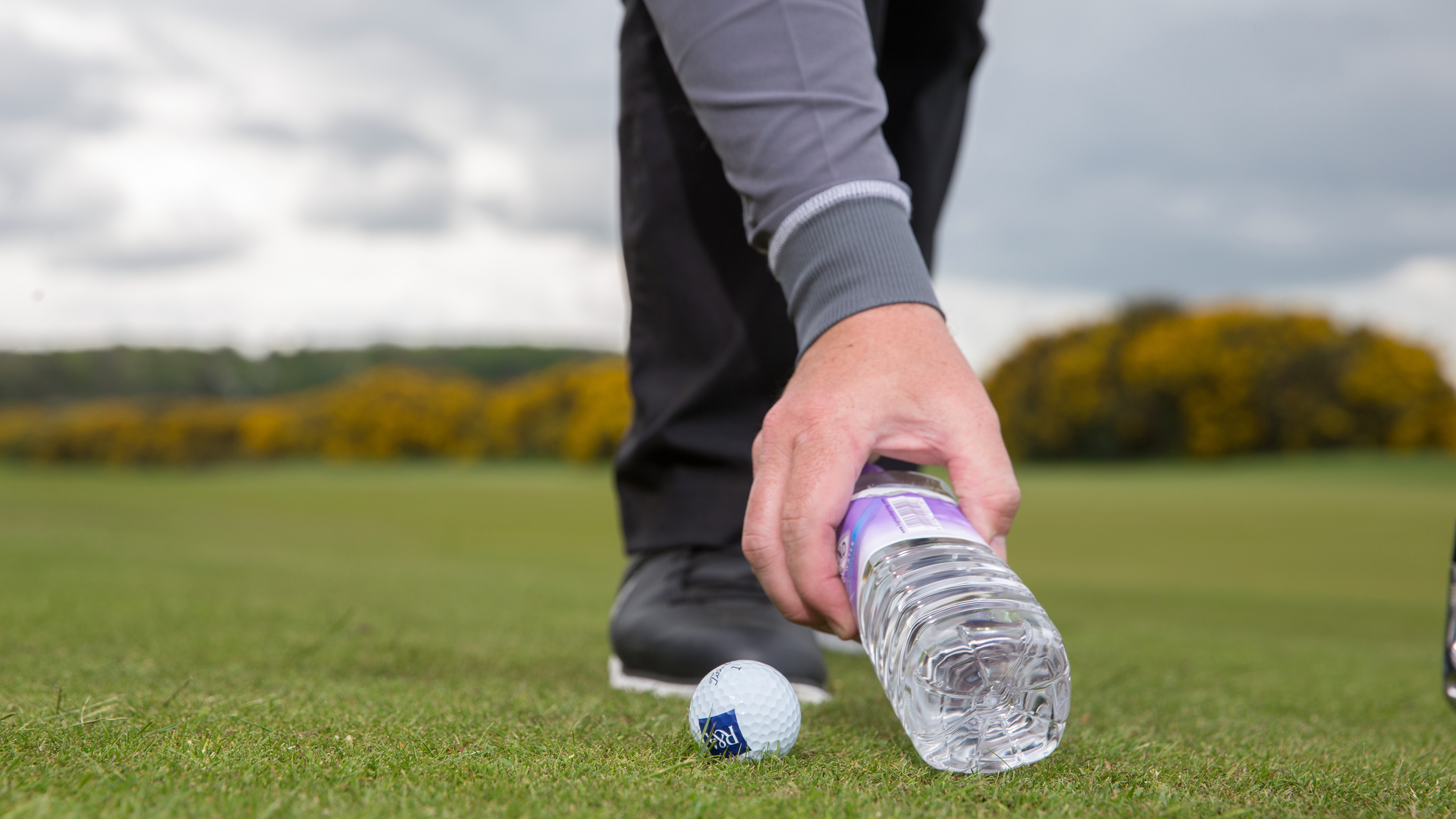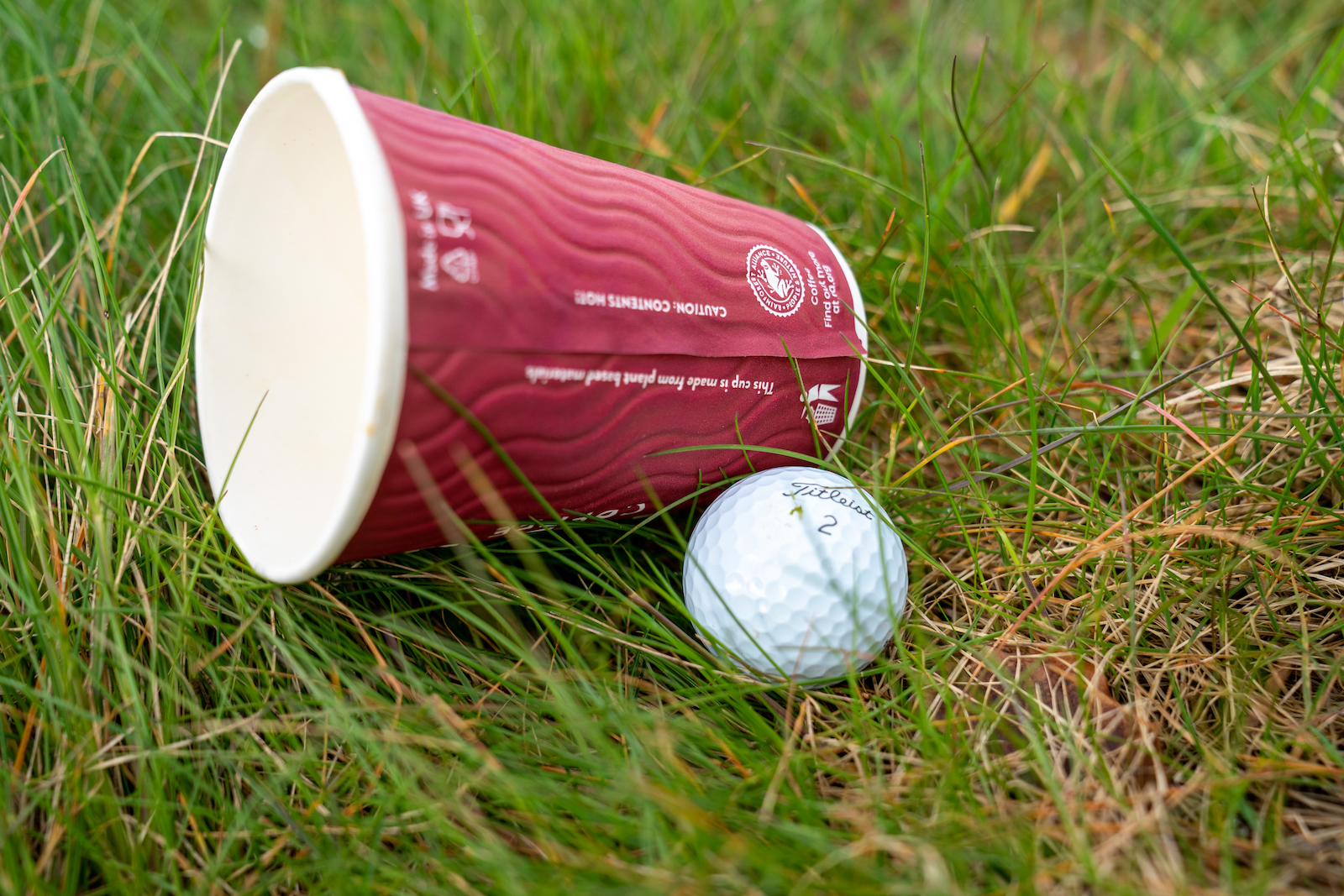Is There Any Limit To The Size Of A Movable Obstruction?
We address this understandable question about movable obstructions while also touching on the key differences between them, immovable obstructions and loose impediments...


The best way to answer this question about movable obstructions is to say that, while there are no specific dimensions mentioned, the wording of the definition of ‘movable obstruction’ in the Rules of Golf means there is an implied limit relating to either size or weight.
That definition says that a movable obstruction is “an obstruction that can be moved with reasonable effort and without damaging the obstruction or the course”. The Rules do not state by how many people but essentially, if it’s too big, cumbersome or heavy to be moved with reasonable effort, or doing so would likely damage either the course or the obstruction, then it has gone beyond being a movable obstruction as defined by the Rules of Golf.

This dropped jacket would be classed as a movable obstruction under the Rules
This begs the question, what type of things are movable obstructions and how do they differ from loose impediments? Loose impediments are natural objects such as twigs, stones, leaves, acorns, branches etc, while movable obstructions are artificial objects that can be moved with reasonable effort. On a golf course, this would typically include things like water bottles, scorecards, drinks cans, towels, gloves, headcovers.

In this scenario, you remove the discarded coffee cup and if the ball moves you replace it
Clearly, such items are all easily movable, although from a Rules perspective you do have to know the difference between how to proceed if they merely interfere with, or are close to, where your ball is lying, and when your ball has come to rest in or on such an item, more on which in a moment.
So, what kind of item might exceed the implied limit for a movable obstruction? It would be easy to bring up Tiger enlisting several fans to help him move a boulder in the 1999 Phoenix Open here, but that would be a mistake, because a boulder is not an artificial or man-made object. Ironically, it is classed as a loose impediment despite being anything but loose in a physical sense!

Tiger's famous boulder in 1999 was a loose impediment not a movable obstruction
Perhaps a good example of something exceeding the size or weight limit might be a bench that isn’t physically fixed but is either too heavy or too awkward for one or two people to move easily without damaging the course or the bench. The distinction between movable and immovable is important because the free relief available for each scenario differs.
If you can't move it (immovable obstruction) and your ball lies close to it, but not close enough that it interferes with the lie of the ball or area of intended stance or swing (i.e., your swing wouldn’t strike it on the way back or through), then there is no free relief even if the bench is right on your line. If your ball is right against it but you can move the bench with reasonable effort and without damaging the course or the bench (movable obstruction), you can simply move it out of the way, then put it back after you have played.
Subscribe to the Golf Monthly newsletter to stay up to date with all the latest tour news, equipment news, reviews, head-to-heads and buyer’s guides from our team of experienced experts.

If not fixed, a bench could be either a movable or immovable obstruction depending on whether it can be moved with reasonable effort without damaging the course or bench
Back to that point about different procedures for when a movable obstruction merely interferes, or your ball lies close to it, and when your ball is actually lying in or on the movable obstruction. In the former scenario, you simply remove the movable obstruction and if the ball moves in the process, there is no penalty and you replace it on the original spot. Note, this differs from loose impediments in that if you move your ball while removing a loose impediment, you will be penalised.

If you ball is lying in or on a movable instruction, lift it, remove the obstruction then drop within a one club-length relief area not nearer the hole from the point directly above where it was lying orginally
Finally, if your ball is lying in or on a movable obstruction, you take free relief by lifting your ball, removing the obstruction and then dropping your ball within a one club-length relief area not nearer the hole from a reference point directly under where your ball was lying in or on the movable obstruction.
For full details, see Rule 15 in the Rules of Golf.

Jeremy Ellwood has worked in the golf industry since 1993 and for Golf Monthly since 2002 when he started out as equipment editor. He is now a freelance journalist writing mainly for Golf Monthly. He is an expert on the Rules of Golf having qualified through an R&A course to become a golf referee. He is a senior panelist for Golf Monthly's Top 100 UK & Ireland Course Rankings and has played all of the Top 100 plus 91 of the Next 100, making him well-qualified when it comes to assessing and comparing our premier golf courses. He has now played 1,000 golf courses worldwide in 35 countries, from the humblest of nine-holers in the Scottish Highlands to the very grandest of international golf resorts. He reached the 1,000 mark on his 60th birthday in October 2023 on Vale do Lobo's Ocean course. Put him on a links course anywhere and he will be blissfully content.
Jezz can be contacted via Twitter - @JezzEllwoodGolf
Jeremy is currently playing...
Driver: Ping G425 LST 10.5˚ (draw setting), Mitsubishi Tensei AV Orange 55 S shaft
3 wood: Srixon ZX, EvenFlow Riptide 6.0 S 50g shaft
Hybrid: Ping G425 17˚, Mitsubishi Tensei CK Pro Orange 80 S shaft
Irons 3- to 8-iron: Ping i525, True Temper Dynamic Gold 105 R300 shafts
Irons 9-iron and PW: Honma TWorld TW747Vx, Nippon NS Pro regular shaft
Wedges: Ping Glide 4.0 50˚ and 54˚, 12˚ bounce, True Temper Dynamic Gold 105 R300 shafts
Putter: Kramski HPP 325
Ball: Any premium ball I can find in a charity shop or similar (or out on the course!)